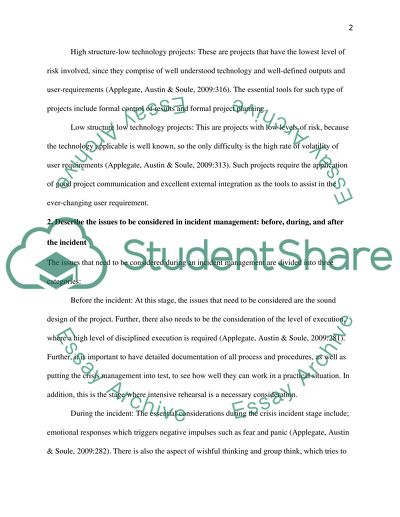Cite this document
(“Error”, n.d.)
Retrieved from https://studentshare.org/information-technology/1628936-exam-3
Retrieved from https://studentshare.org/information-technology/1628936-exam-3
(Error)
https://studentshare.org/information-technology/1628936-exam-3.
https://studentshare.org/information-technology/1628936-exam-3.
“Error”, n.d. https://studentshare.org/information-technology/1628936-exam-3.


